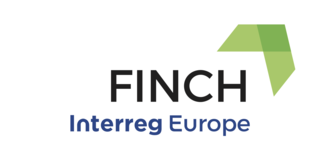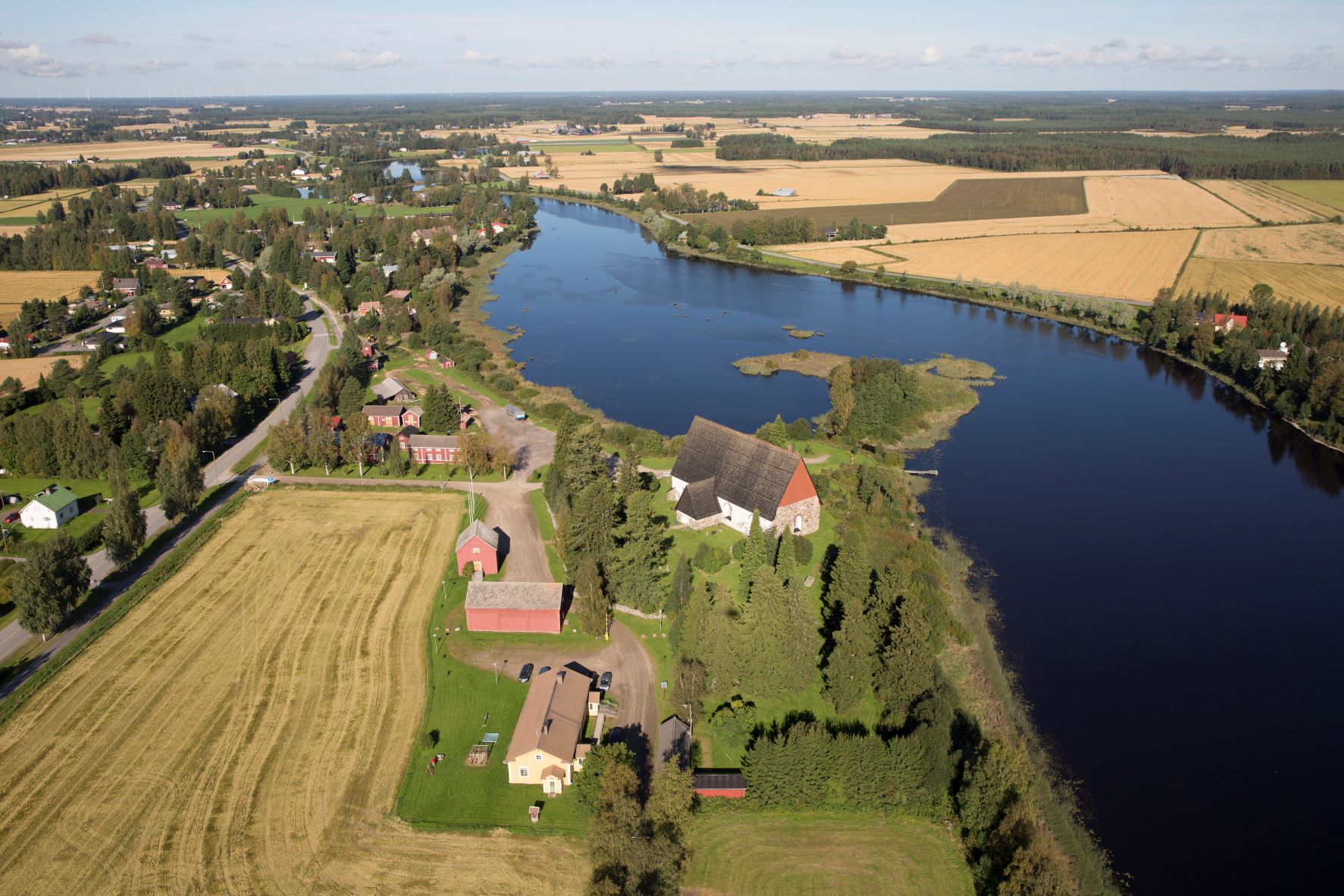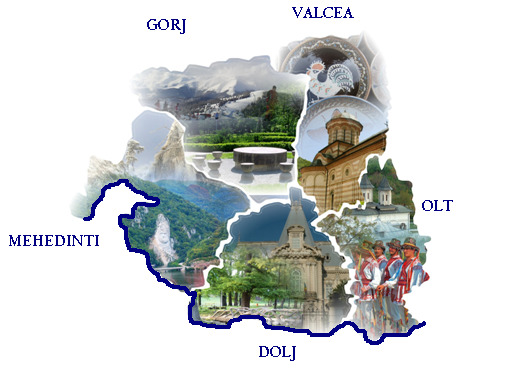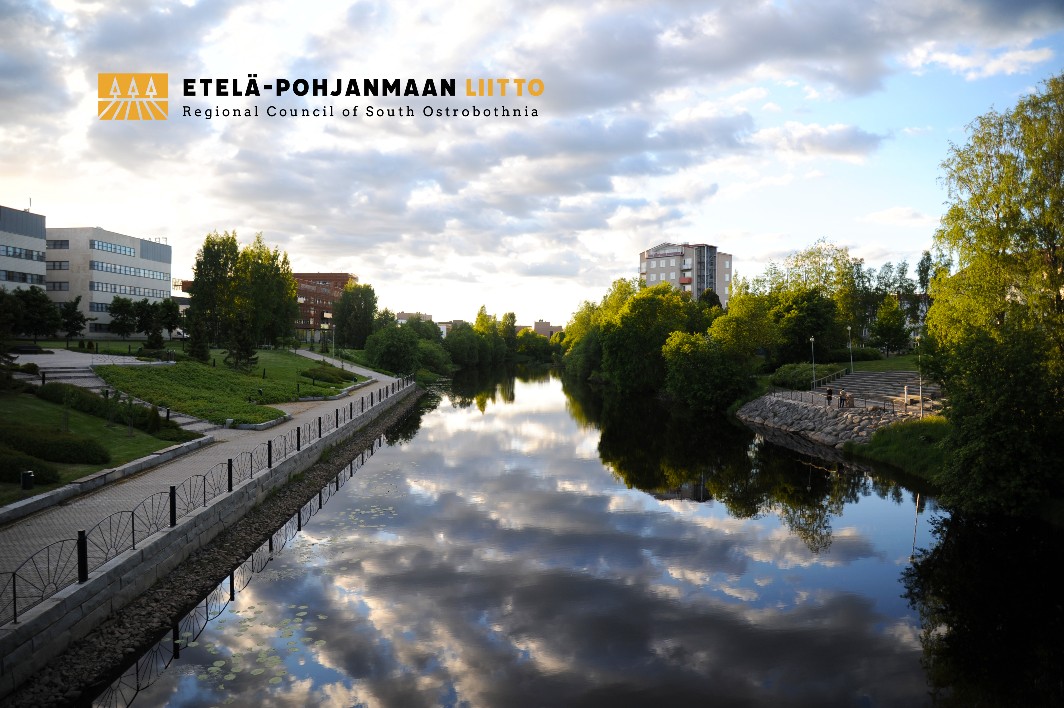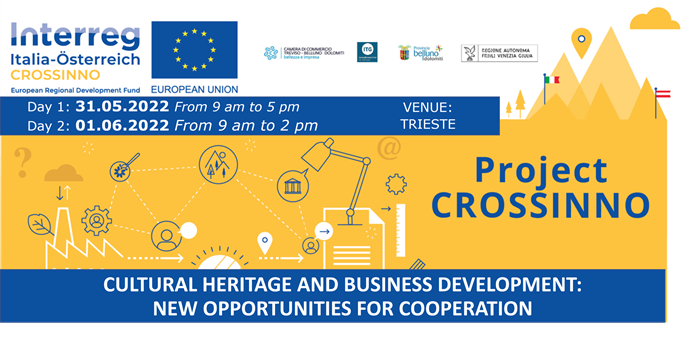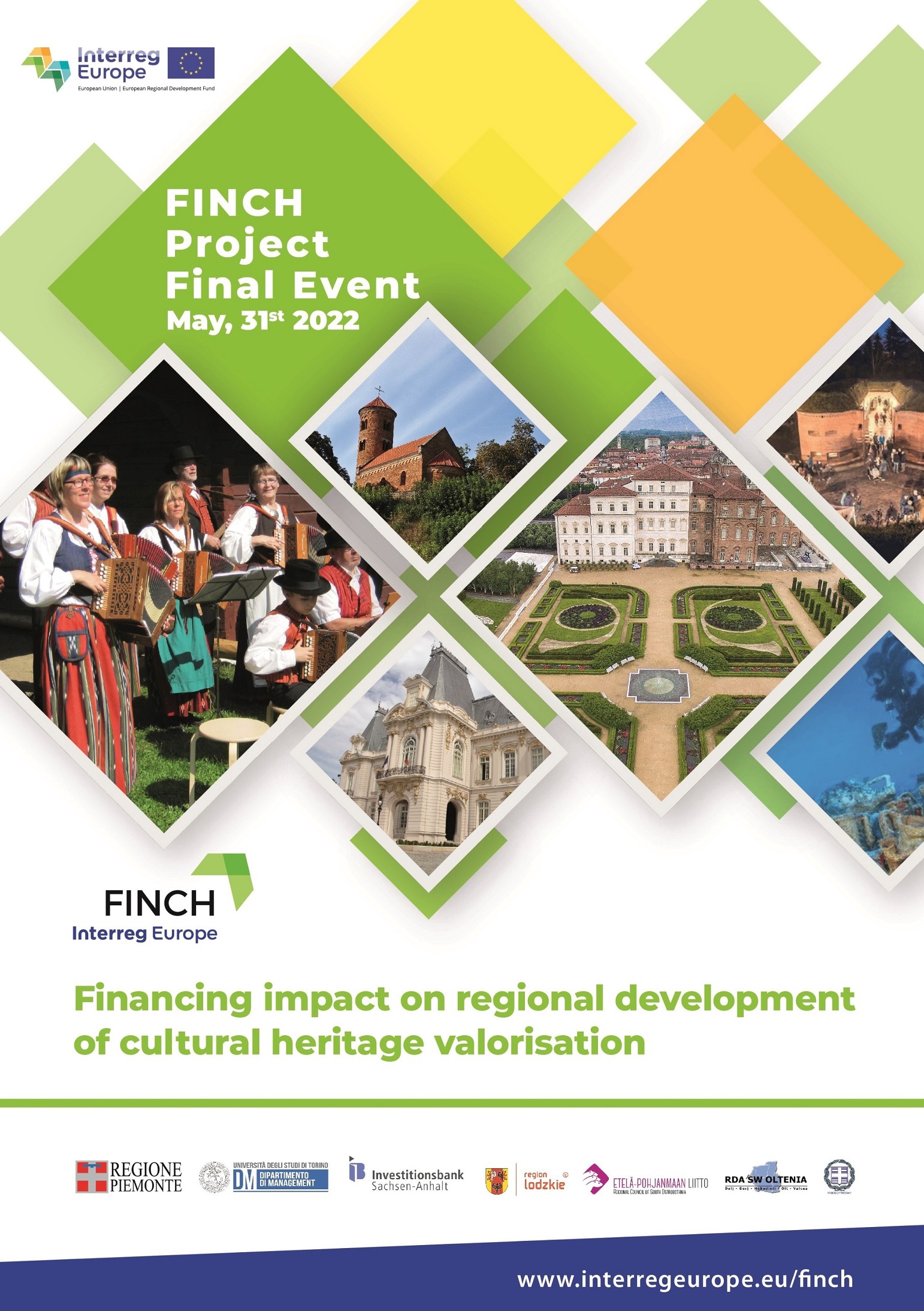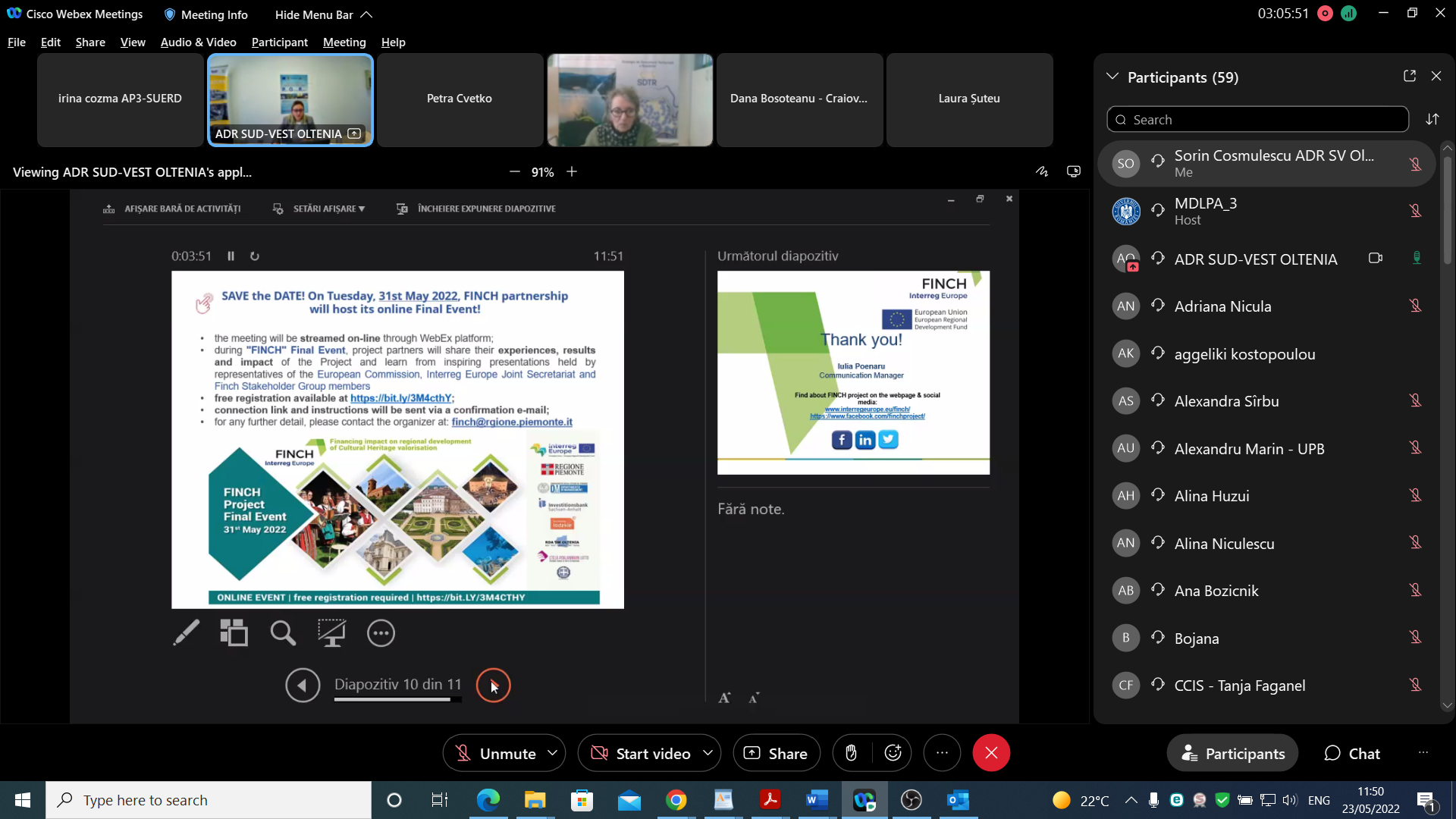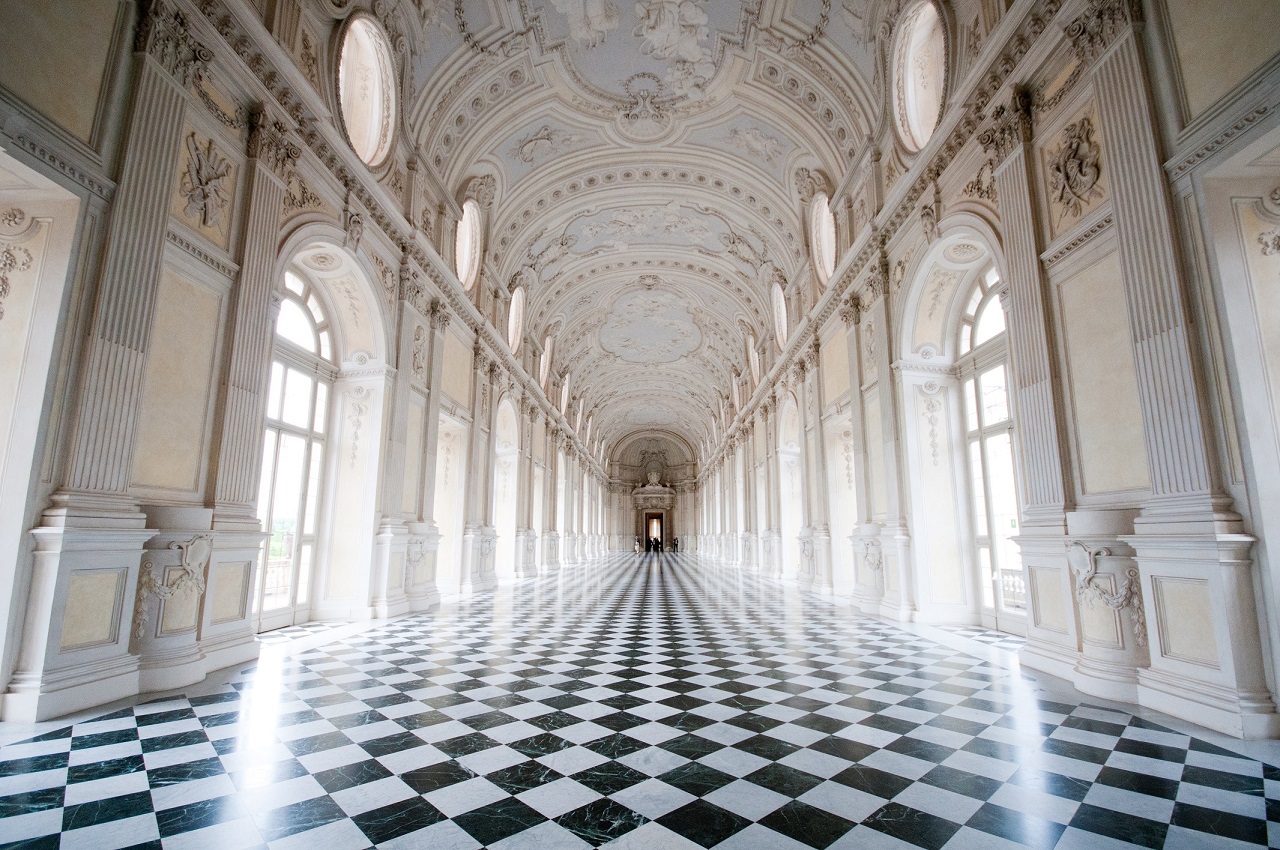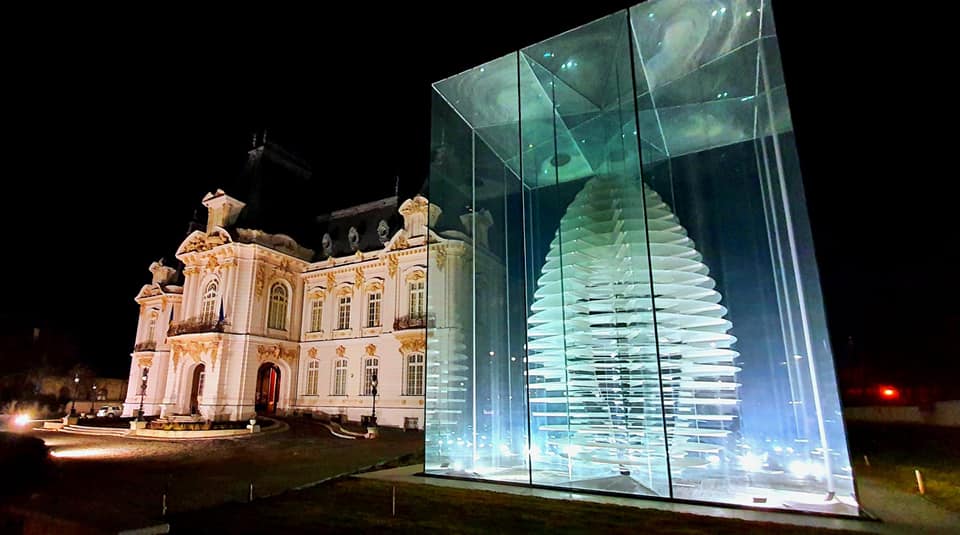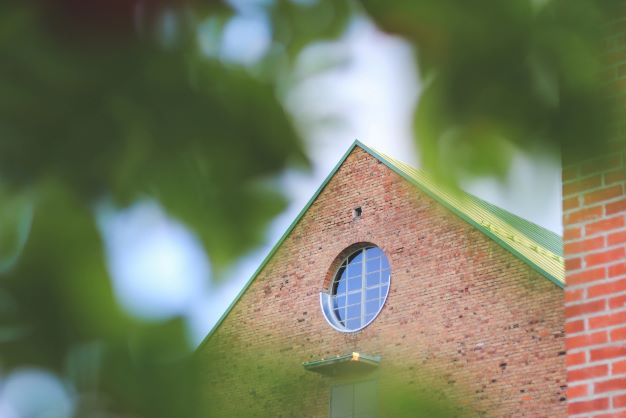FINCH partnership joined the 3rd Interregional Workshop organised and hosted by the Finnish partner Regional Council of South Ostrobothnia on the 9th and 10th april 2019.
The meeting did include the following examples of protection, valorisation, management and exploitation of regional cultural heritage, also displayed in the "FINCH Project - Cultural Heritage in South Ostrobothnia" brochure published by RCSO:
- guided tour of the city centre of Seinäjoki focused on the Aalto Centre, a unique architectural creation of the worldwide famous architect, designer and professor Alvar Aalto that built here six buildings and transformed the finnish city of Seinäjoki in a wide and unique cultural experience;
- introduction to the City of Ähtäri cultural environment - made by representative of local City Council - with particular reference to their 10 years-long cultural-environment-heritage programme “Waterways to the villages and the church”; in particular the presentation was addressed to Water Trail, created for the valorisation of Eero Hiironen’s artworks and sculptures and especially to the “Upstream waters” sculpture (field visit) and the “art godparenting” a participatory approach used to ensure the costs related to the artpiece’s exhibition; the visit also included a visit to the Pirkanpohja Art Centre, that shows a retrospective 80th anniversary exhibition of professor and sculptor Eero Hiironen, who lived in Ähtäri.
- presentation of the Hyvölä House a traditional wooden country house owned by private and restored also with public funds to guest tourists visiting South Ostrobothnian area;
- speech on Kalevan navetta, a building realised in 1890 that experienced many purposes of use (agricultural, industrial, military) and that was restructured and valorised by private owners – preserving its original characteristics - along with the re-designing and enhancement of the surrounding city area in 2011; Kalevan Navetta hosts today art and events exhibitions and represents an example of development project and cooperation engagement involving private and public actors and funds;
- in depth talk on Finnish Tango, an intangible cultural heritage practice which is part of Finnish culture by almost 100 years; Seinäjoki is considered the capital city of Finnish Tango hosting, since 1985, the biggest National Tango Festival and attracting local, national and worldwide dancers, singers, and musicians of every age; the presentation also included an insight on intangible cultural heritage definition, UNESCO’́s List of Intangible Cultural Heritage (in accordance with 2003 UNESCO’s Convention) and details on the National Inventory of Living Heritage managed by the Finnish Heritage Agency, where Finnish Tango is now included.)
The meeting also included peer review sessions of the cultural practices introduced; 2nd Steering Committee Meeting organised by the Lead Partner LP, Regione Piemonte and presentation of the 2nd draft of the Living Document by the Advisory Partner, University of Torino focused mainly on the financial instruments.
The meeting ended up with a warm thanking by all to the Finnish partner for the accurate organisation and partners were invited to the next interregional workshop on the 12th – 13th of June 2019 that will be hosted and organized by PP3, Development Bank of Saxony Anhalt (Germany).



